It is no secret that Peli’s products are heavily used in the aviation industry. This is especially true of aviation mechanics who use our cases to hold tools as well as lighting systems to work on aircraft. Recently, we realised that Aviation Maintenance Technician (AMT) day was coming up, so we decided to put together a quick post that describes the job and how to become an AMT, also known as an Aviation Maintenance Engineer (AME).
Let’s not name names…
What you may have gathered from the first paragraph is that there are many names for AMTs. Sometimes they are referred to as Aviation Maintenance Engineers, Aircraft Engineers, or Aviation Maintenance Technical Engineers as well as many other similar, yet not identical names. Nevertheless, no matter what name they have, they all do the same things, which we will get into momentarily. Part of the reason for the difference in name is because of the differing aviation administrations that govern countries. Sometimes different airports have differing names, thus they can be referred to one way or the other depending on the country and its aviation administration or even airport.
What do AMTs do?
As already mentioned, although there may be many different ways to refer to AMTs, they all have the same responsibilities. The most simplistic answer to describe what AMTs do is repair, replace and maintain aircraft. They perform scheduled maintenance as well as functional inspections on aircraft systems such as hydraulic and pneumatic systems as well as electrical systems.
It should be stated here that avionics is not the same thing as aircraft. Although an AMT checks on electrical systems, avionics technicians specialise in the electronic instruments inside the aircraft. These instruments tend to be those such as radio communications equipment, radar systems, and navigation apparatuses.
Back to AMTs, their main goal is to ensure the safety of aircraft and their ability to fly. They must ensure that pilots, passengers, and crew will be safe onboard the aircraft they have inspected and repaired.
The scheduled maintenance activities conducted by AMTs can include testing parts with diagnostic equipment, reviewing maintenance logs, and replacing defective equipment.
There are also unscheduled maintenance activities that AMTs conduct to ensure the safety of the aircraft. Some of these maintenance activities can include repairs to the wings, brakes, electrical systems, and the body of the aircraft.
Maintenance activities can also be small scale or large. Thus, they can be jobs that can be done by hand or with handheld tools or they can be massive jobs that require the dismantling of the entire aircraft to repair or replace components. All these jobs, whether small or large, are recorded in aircraft logs. The logs contain the history of unscheduled inspections and tasks as well as the regular scheduled maintenance activities. These logs allow other maintenance technicians to understand the health of the aircraft.
How to become an AMT?
There are generally two ways that one can become an AMT and it may be subject to a country’s aviation administration. However, more generally, though, one of the ways to become an AMT is through experience or on-the-job training. This is the most inexpensive option, but not accessible to all. Those that opt for this option generally get the experience necessary to become an AMT through military service, but some can get it through civilian work, too. In either case, detailed logs of one’s experience will be necessary to get accreditation from an aviation agency, which may grant accreditation without attending a vocational school or university.
The other way to become an AMT is to join an accredited aviation maintenance technician school. In these schools, prospective AMTs are trained on aviation maintenance facilities, and commercial and general aviation for careers in aviation industry. Usually, these programs will take up to few years to complete and to get accredited.
How Peli Helps AMTs
Peli is dedicated to helping the aviation and aerospace industries with superior protection for the industry's many technological innovations.
Peli Products produces a wide range of impact-resistant, watertight, airtight, dustproof, and chemical resistant cases that are ideal for the protection of aircraft components and aviation & aerospace engineering tools.
They are also available in unlimited bespoke case solutions and configurations. With experienced design engineers, testing labs, and a team of dedicated experts, highly technical, fragile equipment will be protected with a Peli Custom Case Solution. Peli engineers determine the most effective design and the best combination of materials for said equipment.
Download a free guide to Peli’s advanced case solutions for aerospace and aviation professionals below:





.png)





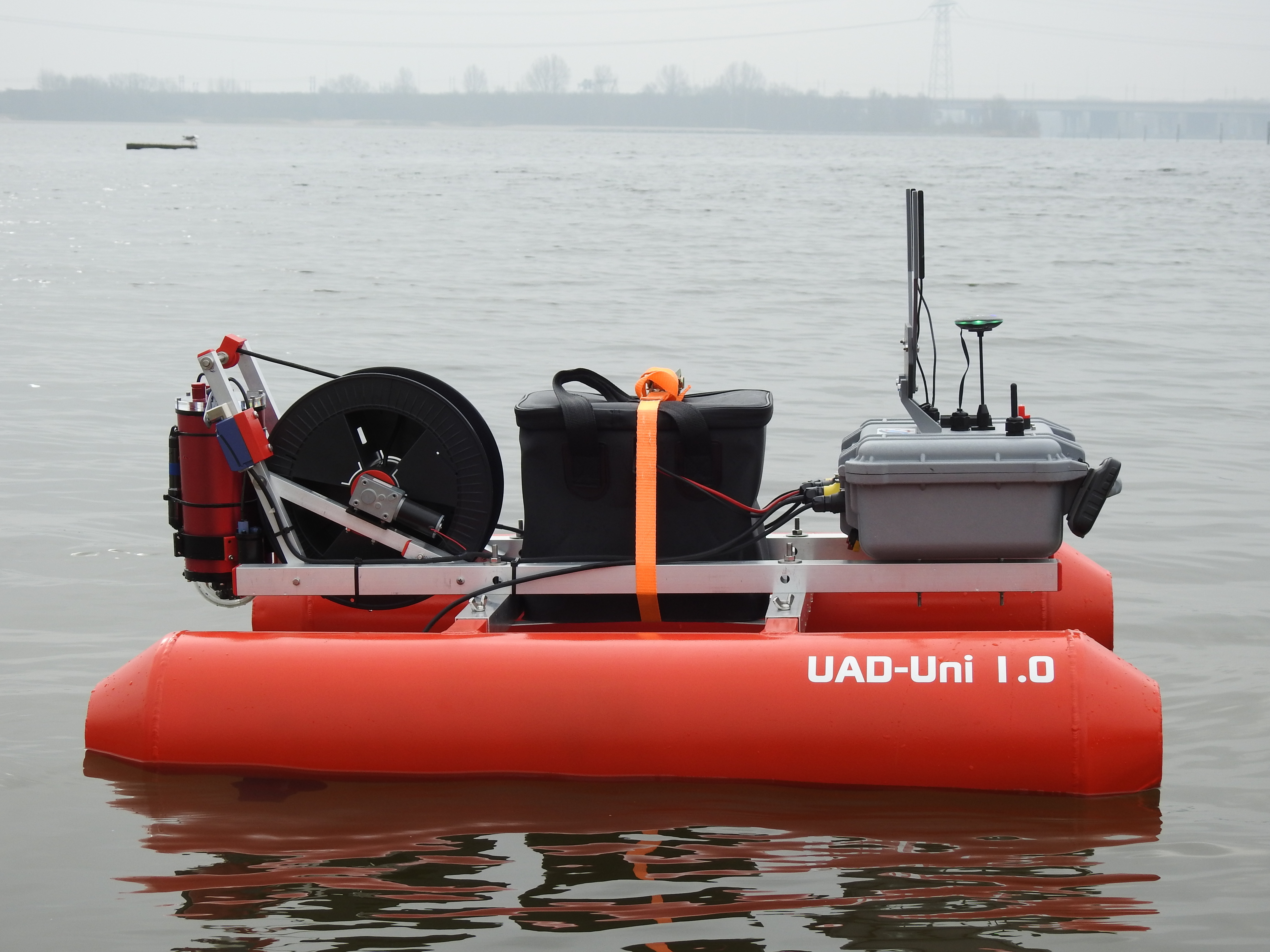
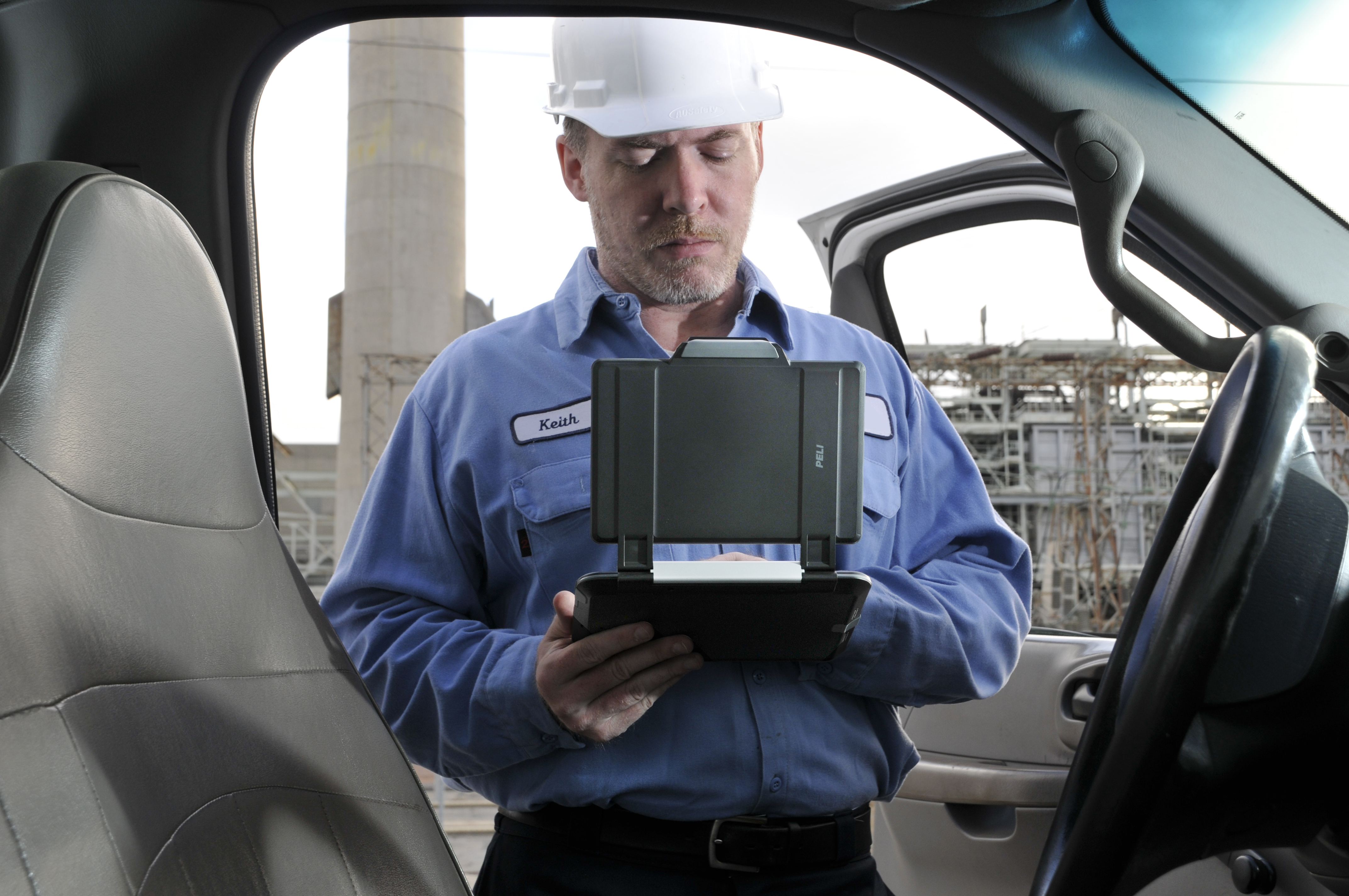
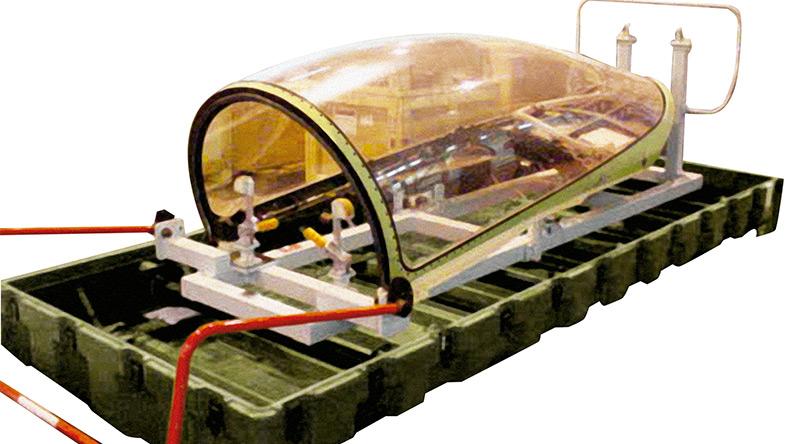


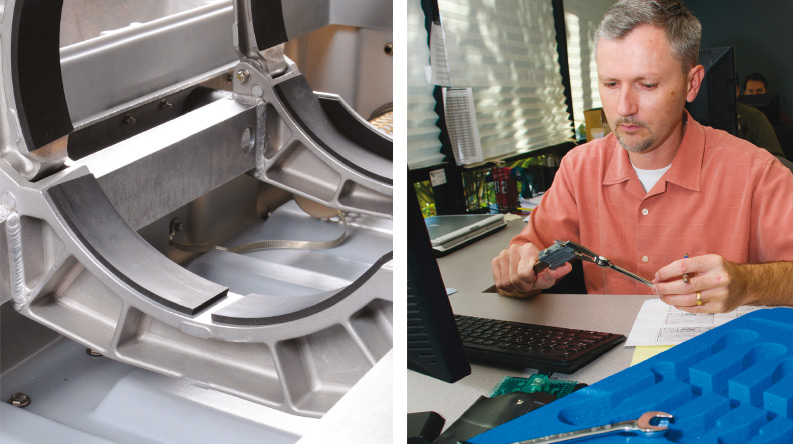
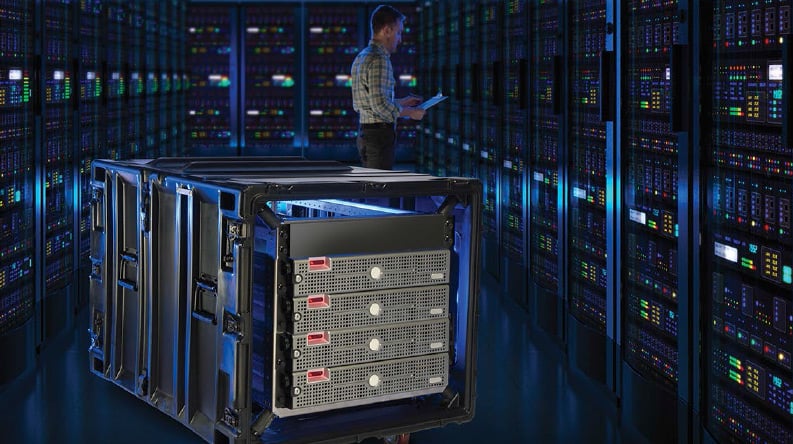
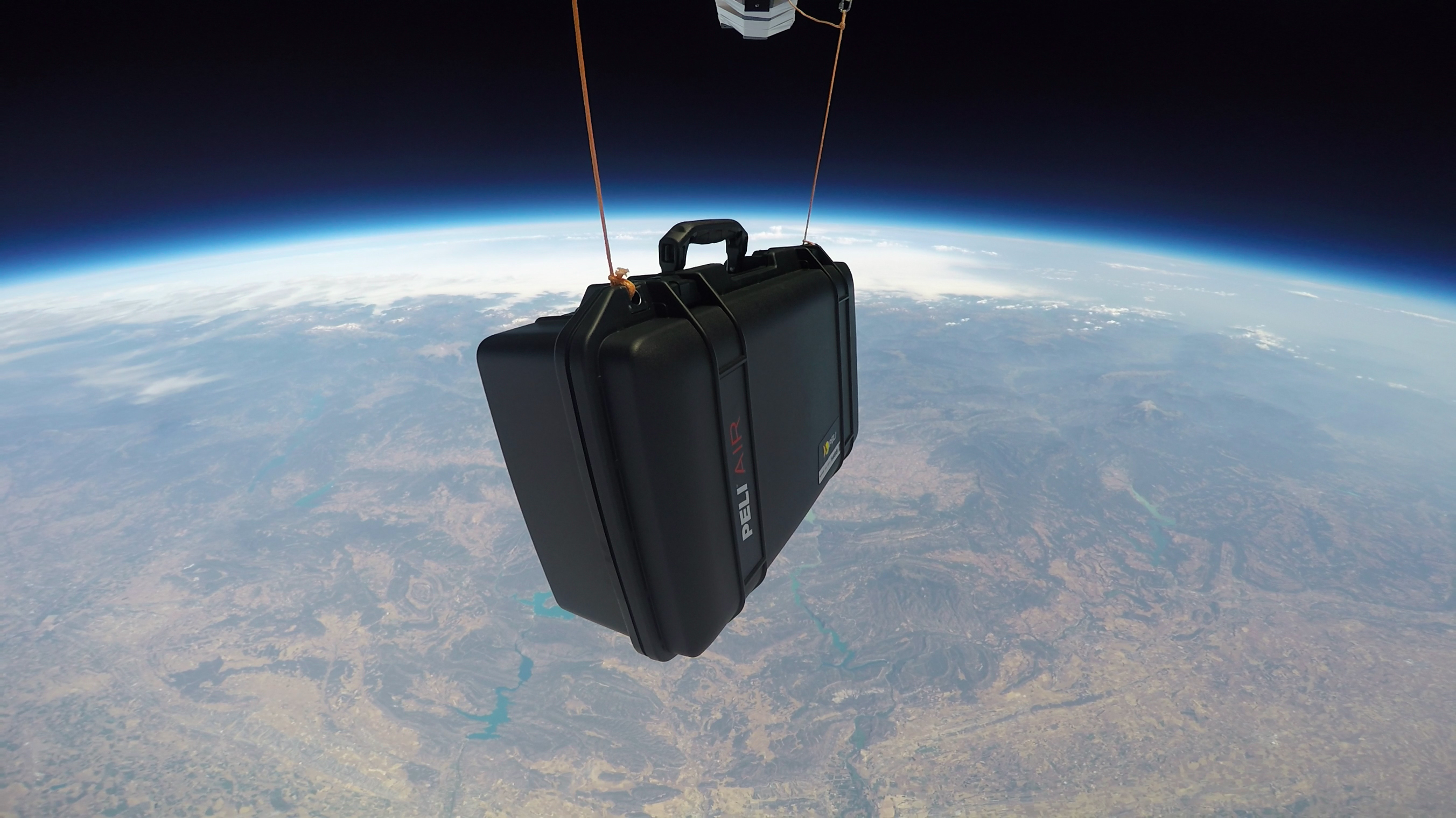
Post a comment